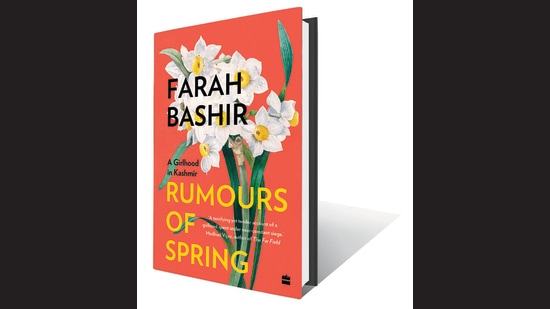Harinder Baweja, Editor, Special Projects, picks her favourite read of 2021
Farah Bashir’s memoir tells a poignant and often harrowing tale of a girlhood in Kashmir in the 1990s, when it was rocked by constant violence
Imagine growing up to the sound of jackboots, bombs and bullets. Imagine soldiers circling your home, constant curfew and cordon and search operations.

Farah Bashir did not have to imagine any of it. It was part of her growing up; a part of her everyday; and every night.
Bashir tells a poignant, often harrowing tale of a girlhood in Kashmir in the 1990s, when it was rocked by constant violence.
A memoir, Rumours of Spring: A Girlhood in Kashmir is told through the death and funeral of the protagonist’s grandmother – Bobeh in Kashmiri. Bashir inhabits an unpredictable world in which there are two constants: violence and trauma.
The child-narrator takes you through page after page of gloom and despair and tells a story – an actual one – of a life bereft of hope and devoid of dreams.

The reality is stark. Growing up in Kashmir is abnormal. Windows are kept shut, lest the tear gas creeps in. Walking the wooden floors at night is a peril, lest it invite the attention of a soldier. Children are killed by stray bullets and young men disappear. The newspapers are full of obituaries. Cinema halls are shut; Pandit neighbours are fleeing out of the same sense of fear and insecurity, and those who must stay on must also suffer daily humiliation and indignation in their own land.
Is anything near normal? Music is heard but its beats reverberate in a closed room. Love letters are written but not delivered because the post-office doesn’t escape the cycle of violence either. It is razed to the ground, like Kashmir’s buildings. Life itself is not concrete.
The storytelling is fragmented, perhaps deliberately so, because life is fragile and comes with daily heartbreak.
The memoir is a call for justice and for understanding. A must read really for those who live outside the Valley, so they too can understand the pain and the agony of the people who inhabit that so-called Paradise.





